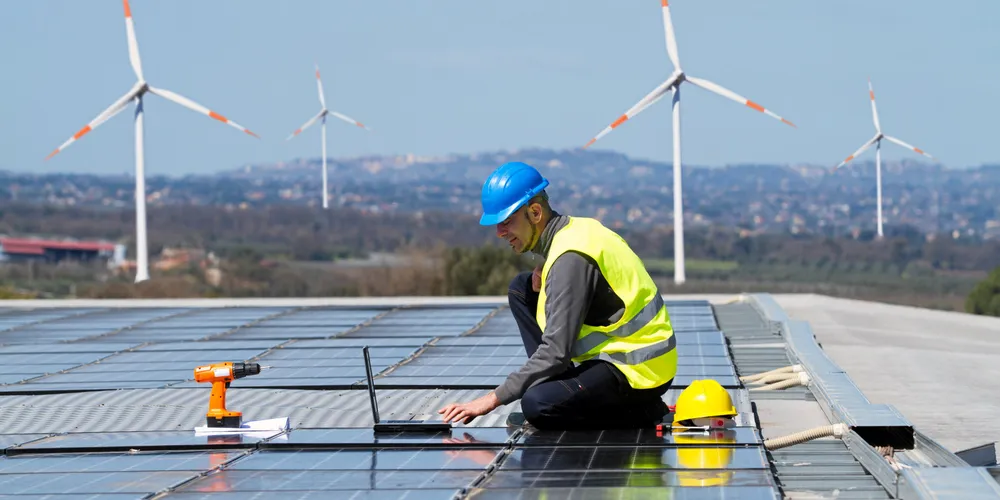Thinking big | Renewables giant NextEra tallies America's $1.7trn, 3.5 terawatt green power push
Largest US wind and solar producer sees latter leading new installations as storage and green hydrogen help transform US system

The epic scale of US power sector decarbonisation as tallied by the nation's biggest renewable energy developer was laid bare in new forecasts from NextEra Energy.
NextEra reckons by 2050 the US green power push could create a $1.7trn investment opportunity comprising 3.55 terawatts (TW) of new battery storage, hydrogen, solar, and wind capacity.
In that scenario, solar would comprise the most additions (about 45%), then battery storage, wind, and hydrogen. High renewable penetration would result in roughly 25-30% excess renewable generation in 2050, which could be used to make hydrogen to decarbonise other sectors of the economy, according to a recent company presentation to investors.
The company acknowledges that its internal analysis includes uncertainties in assumptions including transmission and land costs, future cost declines for certain technologies, and treatment of stranded costs for certain existing generation assets.
The US on 1 January 2021 had about 170GW of utility solar and wind. Wind comprises roughly two-thirds of that capacity, the result of being more cost-competitive with coal and natural gas over the last two decades, in part because of federal subsidy support.
Citing its own internal estimates, NextEra sees wind still potentially cheaper than solar by mid-decade at $20-30/MWh versus $30-40/MWh – both with a storage adder – with natural gas $30-45/MWh. Existing coal and nuclear would be more expensive at $35-50/MWh.
That potential cost for wind excludes the production tax credit and assumes a 10% investment tax credit for solar, both federal incentives. Coal and nuclear operating costs include fuel.
Despite that cost disadvantage, private consultancies and the Department of Energy (DoE) anticipate that utility solar installations will surpass those for wind starting in 2023, even as offshore wind begins to contribute. Last year, wind edged solar 12.7GW to 12.4GW.
As market leader, NextEra is a big driver of utility solar development. While solar was 16% of subsidiary Energy Resources' generation capacity versus 69% for wind on 1 January, its project pipeline through 2024 for solar (11.8-14.4GW) is twice as large as wind.
Solar is gaining market share for various reasons including advantages of its unique modularity that encourages deployment; greater availability for peak load periods when electricity is most valuable; more compatibility with storage, and proximity of untapped high-quality resource to existing or nearby grid infrastructure.
China, however, dominates the global solar power supply chain, unlike in wind, and the potential for disruption is real as evidenced by the Covid-19 pandemic and increased geopolitical tensions.
Growth of US solar over the next three decades will be influenced by how fast and to what extent the industry can onshore manufacturing of solar panel materials and parts, said analysts.
(Copyright)